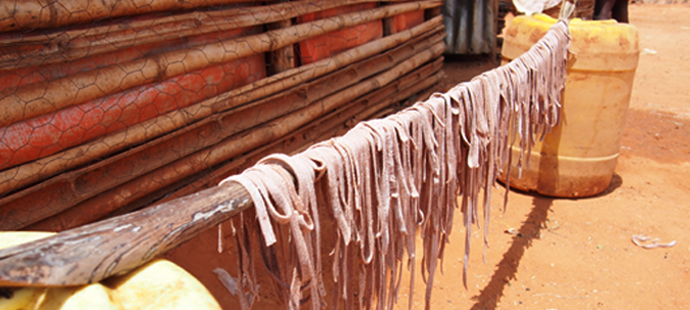Innovations with sustainable impact for refugees
UNHCR asked Desert Rose to research innovations that would have a sustainable impact on shelter, livelihoods, energy, communication and agriculture for Somali refugees living in Ethiopia. Desert Rose is the first team of experts hired by UNHCR to conduct anthropological fieldwork in its refugee camps.
Our proposed innovations were not to involve pouring lots of money into the camps. Instead they were to highlight ‘keyholes’ where incisive action by UNHCR and its partners might unlock significant and sustainable improvements in the lives of those living in and around the camps.
To get to grips with what these triggers might be, UNHCR needed a team of experts who spoke Somali fluently and could embed themselves in the camp culture over a sustained period without being constrained by clipboards, curfews and translators.
Our methodology
We made three 2-week visits to two refugee camps in the region. On the first visit, our priority was to build relationships: it is only through repeated encounters with people that we begin understanding how life really works in the camp.
We took everything we heard back to Addis and began to synthesise our data on the successes and challenges we had learned about, and discussed these with UNHCR. From the beginning, Desert Rose’s partnership with UNHCR was cast as a dynamic working relationship that allowed space for innovation and the flexibility to focus on areas and topics of particular interest as they emerged over the course of the research partnership.
On the second visit it was time to re-establish relationships and start exploring ways of building on local successes and overcoming local challenges. As always, the process involved a lot of listening— as well as running our own ideas past people. We even began a few practical experiments. We returned with a long list of innovative ideas or actions that we thought could help transform lives in and around the camps. In discussion with UNHCR we drew up a shortlist of what seemed like our most promising set of ideas and returned to the refugee camps. The third visit was highly practical, with lots of on-the-ground experimentation. Our focus was on testing the viability of each idea on our shortlist as far as was possible in that short period.
Our final handbook presents a summary of our findings from our three trips to the refugee camps, focused on a shortlist of innovative and incisive actions that we recommend for UNHCR and its partners.
